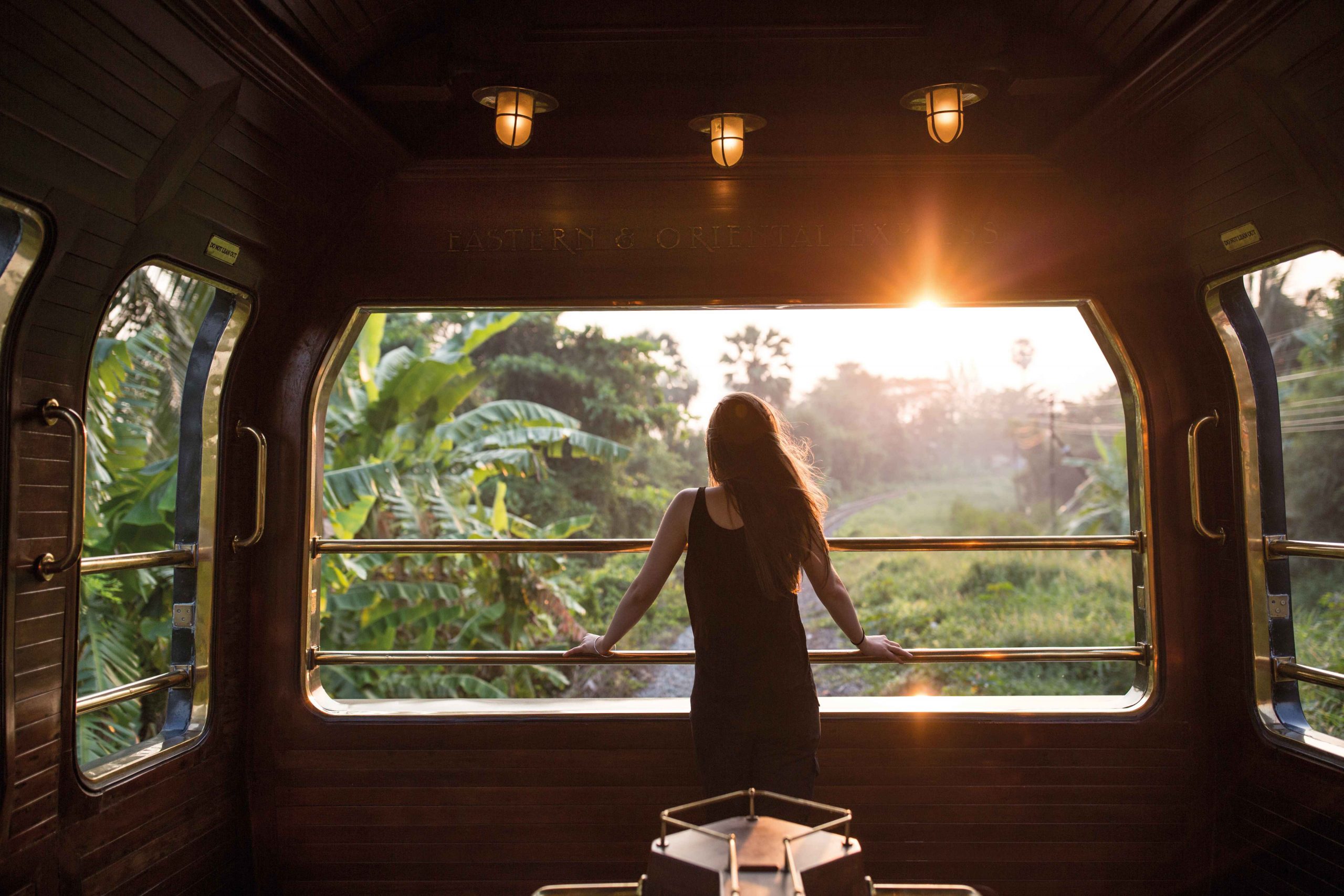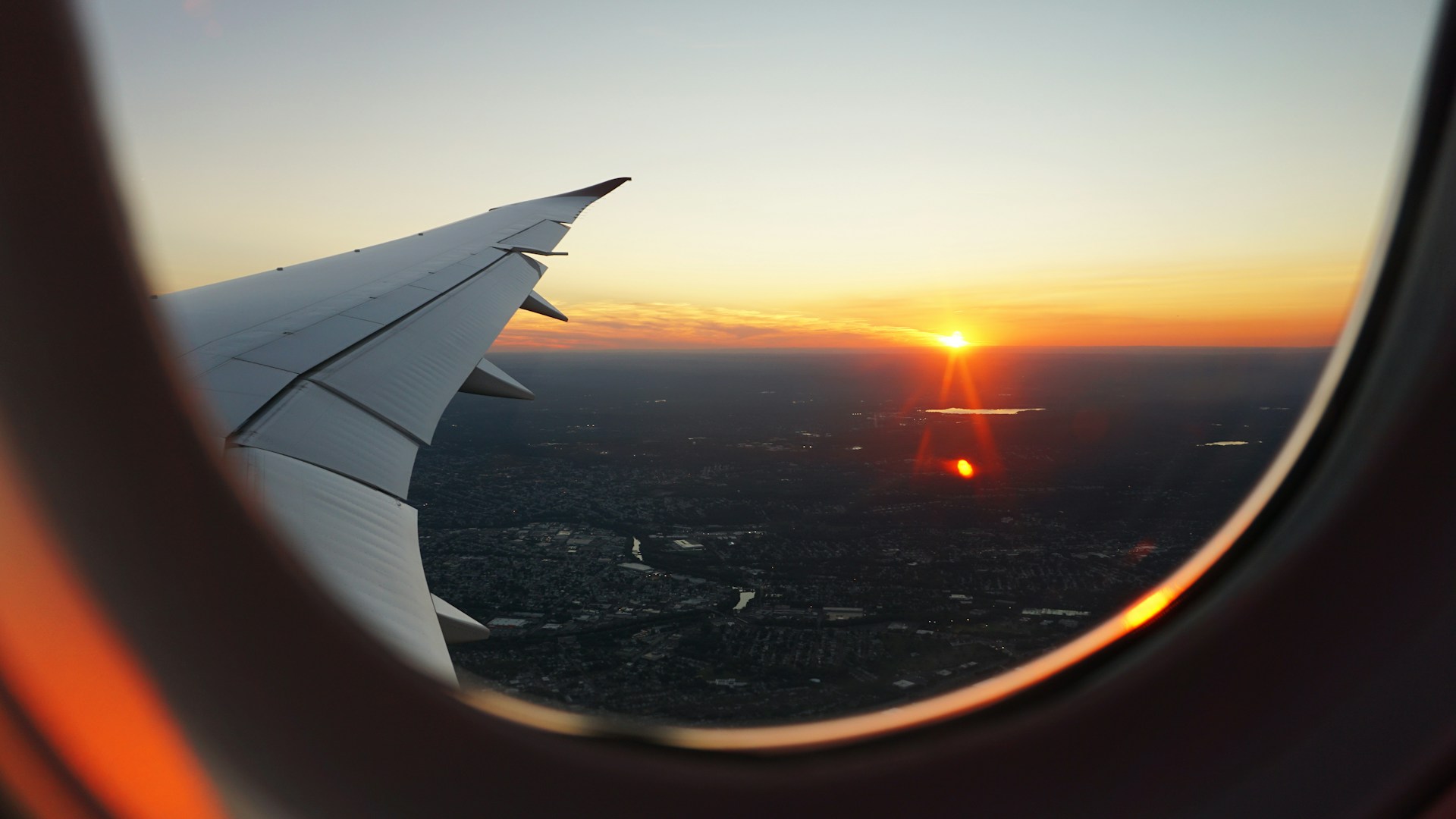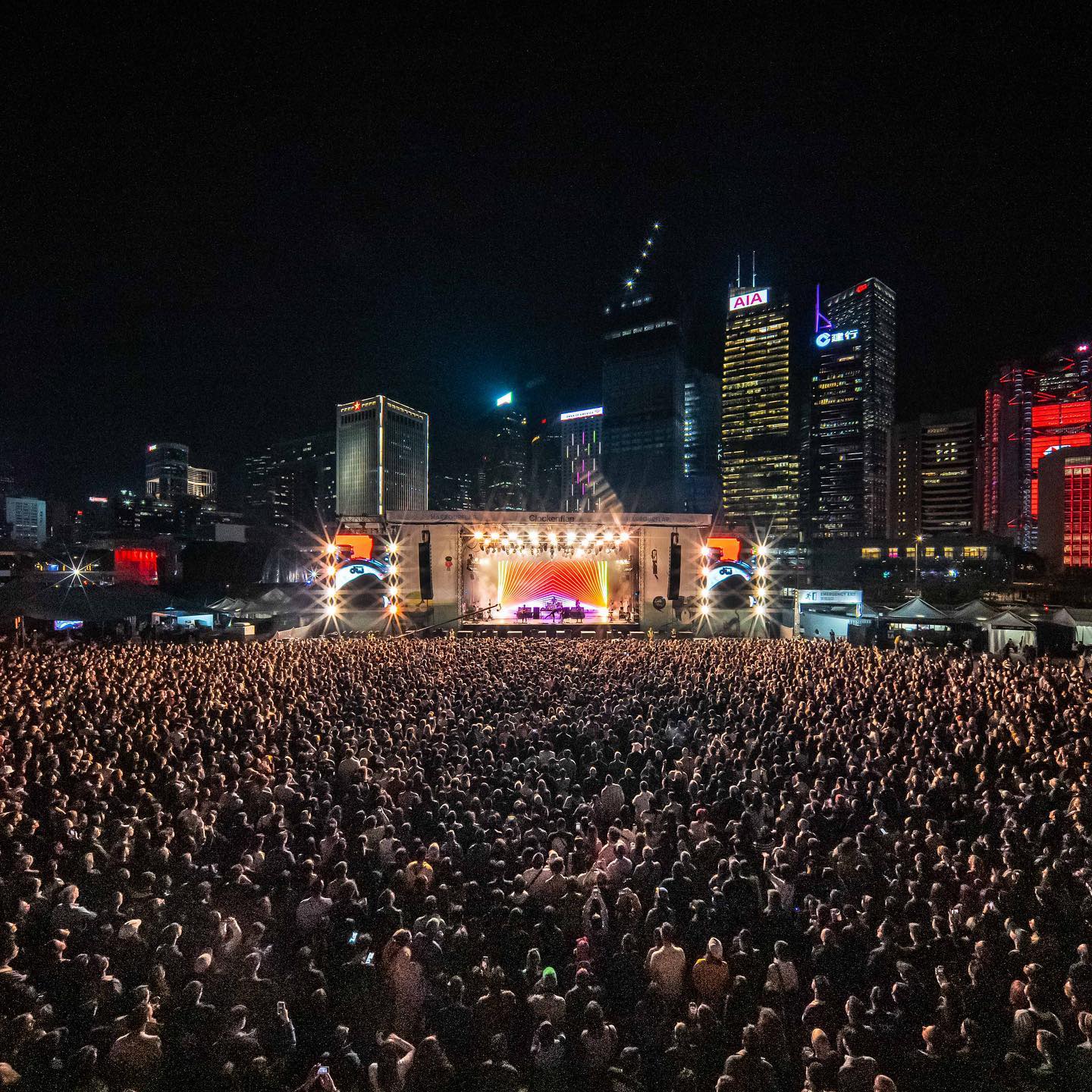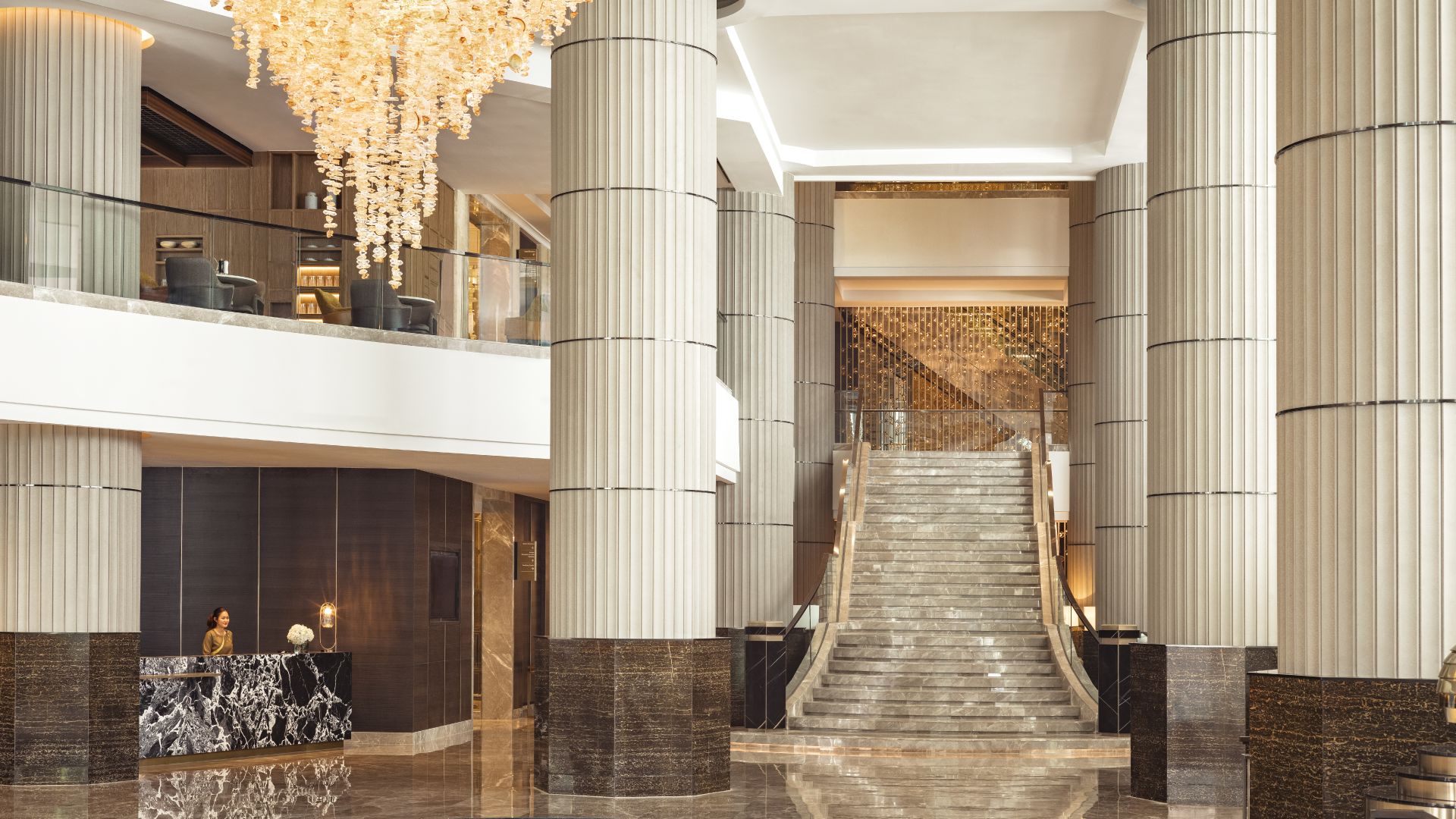The cool climes and crisp mountain air of Java’s tranquil north-eastern highlands make it a refreshing weekend break from city life. And with the sweeping volcanic landscape of Bromo-Tengger-Semeru National Park, and the surrounding mountainside of fertile farmland, rice fields and tropical rainforest, there’s even more reason to go. There’s culture on offer too, as you gain an insight into the region’s Tengger people, a Javanese Hindu group that has preserved its traditional culture and way of life. Most people, though, visit this region to see the orange glow of sunrise over Mount Bromo.
First Light
At 3:30 in the morning, bleary eyed travellers, wrapped-up in their warmest clothes, climb into the back of old jeeps, before heading higher up into the mountains across bumpy terrain, holding onto their seats as they climb steadily higher.
After ascending most of the way, the jeeps wind their way across a desert-like landscape, following a trail of lights from the other jeeps and mopeds, before pulling up by a steep grassy slope that leads to the popular vantage point on 2,770 meter Mount Penanjakan—a popular spot for sunrise over the 2,329 meter active volcano Mount Bromo.
Without the sun to warm the land, it’s cold on the mountain, but people are too busy readying their cameras to really care. When first light begins to show over the vast landscape of volcanic desert-plain, Mount Bromo and Mount Semeruglow in the soft light, while the long grass on the mountain-side takes on the sun’s hues. A while later, once things have warmed up, each group departs by jeep for what is the next stop on most people’s itinerary.
Stealing Beauty
The desert plain that you stand over from Mount Penanjakan is actually called the Tengger Sand Sea, created by volcanic activity and protected since 1919. This sea of sand is part of The Bromo-Tengger-Semeru National Park that covers 5,250 hectares and consists of Java’s highest peak Mount Semeru (3,676 meter), idyllic lakes and rivers, and the Tengger Caldera—a vast volcanic landscape formed after an eruption, causing the formation of four volcanoes, including Mount Bromo. All of this National Park is surrounded by a steep crater wall.
You can choose to cross the Tengger Sand Sea on foot or by horse. On horseback, you can ride as far as the foot of Mount Bromo, before dismounting to walk up the sand-filled steps that lead steeply up to Bromo’s smoking crater. From the top, you’ll be rewarded with a panoramic (and pretty breathtaking) view of the Caldera, Tengger Sand Sea and perfect cone of Mount Batok.
Around the volcano locals sell offerings made from flowers to throw into the smoking crater for good luck and prosperity. This has special significance to the Tengger people during the annual YadnyaKasada ceremony, taking place on the 14th day of the Kasada month in the Hindu calendar, when offerings are thrown into Bromo’s crater for a good harvest and health in the coming year.
After riding back across the sandy plain and returning by jeep to your hotel, it’s just about time for breakfast. Then, the remainder of the day can be spent exploring the surrounding landscape by hiring a 4WD jeep, hiking or cycling, with or without a guide. If you plan ahead, you can take part in longer tours to the rainforest, across the Caldera, or on longer volcanic trips.
Essentials
Getting There
Tigerair has Singapore–Surabaya flights leaving on Friday and returning on Sunday from around $80. Alternatively you could fly with Silkair for around $276. From Surabaya, the Bromo-Tengger-Semeru region is a three-hour drive but transfers can easily be arranged through your hotel. Return transfers between Surabaya airport and Java Banana Lodge cost IDR2000,000 ($218).
When to Go
Tourists travel to Bromo all-year-round, but the high season, with the least rain, is from June to September.
What to Take
Take good walking shoes and warm clothes, including a jacket, scarf and gloves, as it gets really cold in the highlands, especially in the early hours of the morning. You’ll need a scarf or facemask to protect your face as you cross the Tengger Sand Sea, as well as sunglasses to protect your eyes.
Arranging Tours
Excursions and guides can be arranged with the hotel at the time of booking or on arrival, as well as the hire of 4WD jeeps, while bicycles are free for guests to use at Java Banana Lodge. The sunrise tour costs IDR350,000 ($38), with horseback riding as an optional extra at around IDR100,000 ($11). Alternatively excursions can be arranged through Mount Bromo Tour (www.mount-bromo-tour.com).
Entry Requirements
Singaporeans and all other ASEAN citizens can visit Indonesia without a visa for up to 30 days, but most other nationalities need to pay US$25 ($31) for a visa on arrival.
Where to stay
Java Banana Lodge
Java Banana Lodge has become known as the best, and possibly only luxurious, place to stay in the Bromo region. Situated in a serene garden scattered with contemporary sculptures, just a short walk from the nearby village, and surrounded by farmland and mountainous landscape, the property consists of a lodge, with villas as well as suites, an art gallery that showcases spectacular Javanese photography, and a café that serves Java coffee, as well as their banana specialties such as banana crepes and grilled banana with lemon.
The restaurant, which is decorated with photography of Javanese landscape and people, serves wholesome Western and Indonesian dishes, while breakfast can be eaten on the scenic roof-top terrace. Each year Java Banana hosts the Jazz Gunung Festival at their outdoor theater with appearances from international and local musicians. The festival is held in June but check online for next year’s updates (www.jazzgunung.com).
Rates start at IDR1,210,000 ($129) per night and bookings can be made online (www.java-banana.com).
Yoschi’s Hotel
An alternative, and economical, place to stay is Yoschi’s Hotel (www.yoschihotel.com), a popular German-owned guesthouse outside the village of Ngadisari, where room rates start at IDR103,500 ($11).





